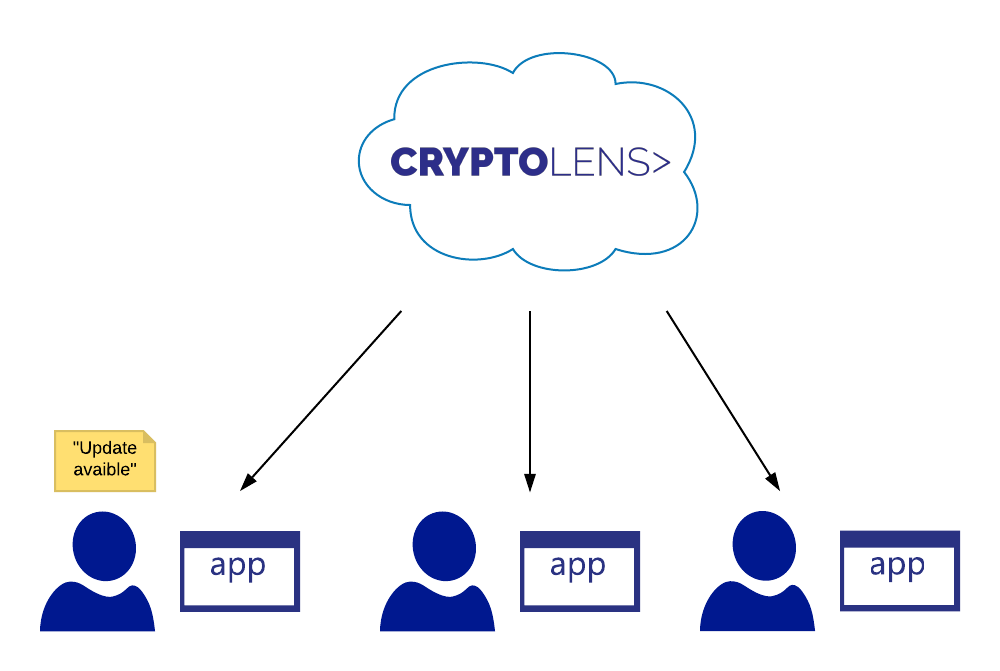Problems with App store?
Limited Functionality
One clear problem with any App store is that you’re locked in to use their limited set of licensing models (i.e. ways to sell your app). This is evident when you want to support proper subscription based model (i.e. customers need to pay on a monthly or early basis to continue to use your app). Many big companies, such as Microsoft and Adobe, are starting to charge their customers on a recurring basis, for instance in Office 365 and Adobe Creative Cloud. Now, you no longer buy the “product” but rather the “service”, which means that we want to give our customers a great user experience independent of the platform, may it be a tablet, a smartphone or a PC. Unfortunately, this is very difficult to implement and manage across multiple platforms if you use built in functionality of the App store (and other app stores) because you’re locked in into their ecosystem.
High Royalties
Not only are you locked in into their ecosystem, they also take 30% of your revenue that you could have used to develop your application further.
Say you sell your service for $100/per month. Then you have to pay $30 per month in royalties, which adds up to almost $400 per year. Note, this is in addition to the fee that you payed to register a developer account.
How is this solved now?
One question that comes into our mind is following: How do companies like Spotify and Uber avoid to pay Apple the 30% transaction fee? The common denominator is that they use a custom licensing component that they maintain themselves. For example, to use Spotify, you need an active subscription (even if the app is free), which you can get outside of the Apple store, for example, on Spotify’s website. So, technically, no transaction occurred in the app itself.
Solution
The idea is to avoid using the built-in functionality of the App store as much as possible. You can do this in the following two ways: either you develop a licensing component from scratch or use a third party.
Building from Scratch
If you have some time at your disposal, you can create a licensing system from scratch or use an open source library, such as SKGL. The advantage is that you get to design it specifically for your needs. Using open-source systems can save you some time, but please keep in mind that you might instead need to spend time on configuring it and possibly extending depending on your requirements.
Using Third Party
The idea here is simple: “Why invent the wheel?”. Software licensing and monetization is such a common problem so there are solutions out there that can do just that.
First of all, they will probably cover many cases and secondly they are also cheaper than doing it on your own (after all, think about the time it would take, which is approx. 2-3 months, and later maintenance).
The critical bit is maintenance. Imagine that your business model changes and you have to restructure your licensing solution. If you use a third party, they most likely have what you’re looking for, so changing won’t be hard. Otherwise, you have to do it yourself from scratch.
Example solution using SKM
In order to get a working licensing component, one way to go is to use SKM – a cloud based licensing as a service. SKM is like a toolbox that contains many of the tools that you would need to set up a licensing system within hours. In comparison to many of the alternative solutions, it’s aim is to be accessible, which includes being affordable and simple-to-use. Moreover, one of the values is transparency and developer friendliness; many of the tools used in SKM are available open source and free of charge. It’s very simple to get started.
Not a customer yet? Sign Up for a free trial and implement our software licensing system within minutes.

